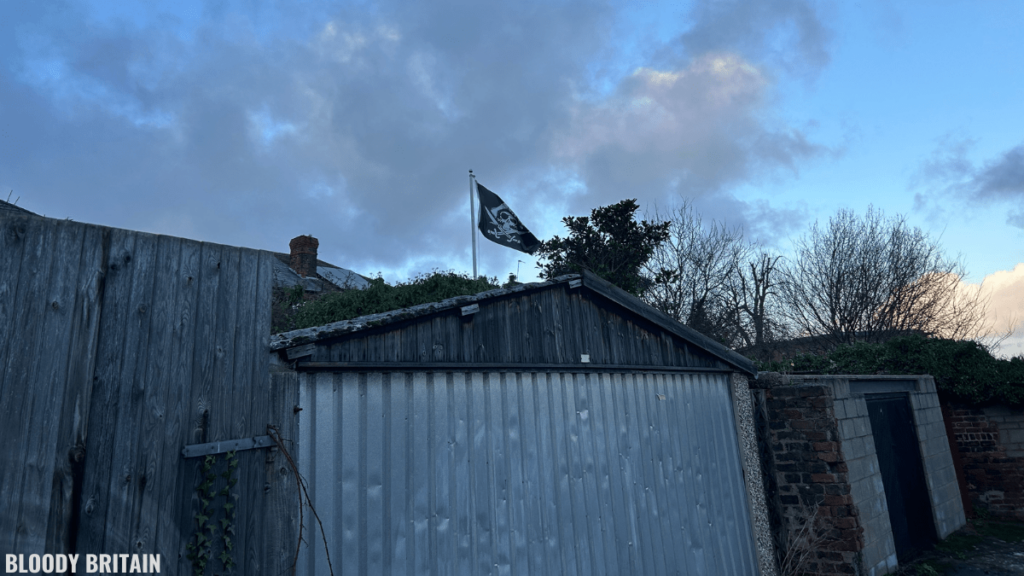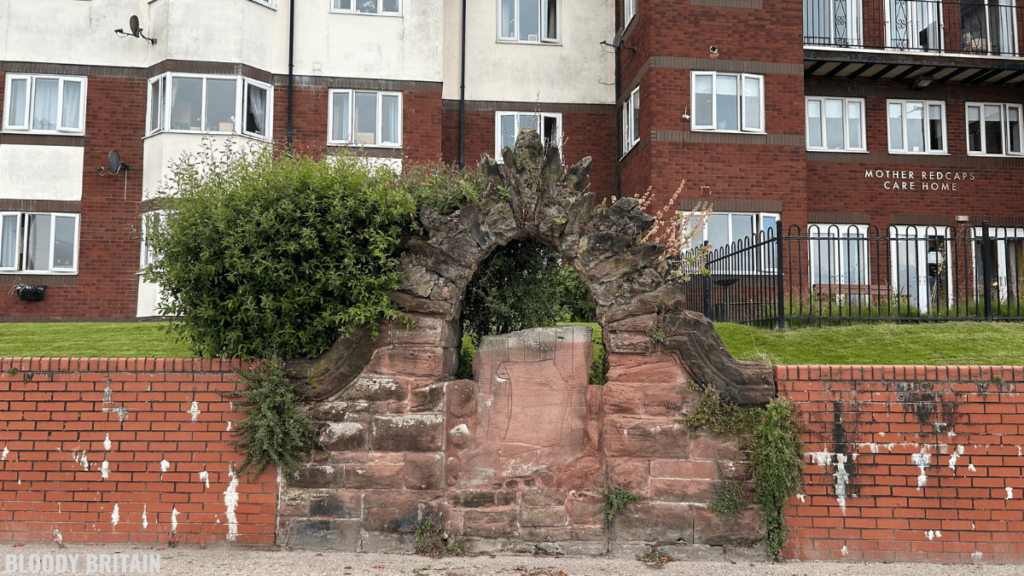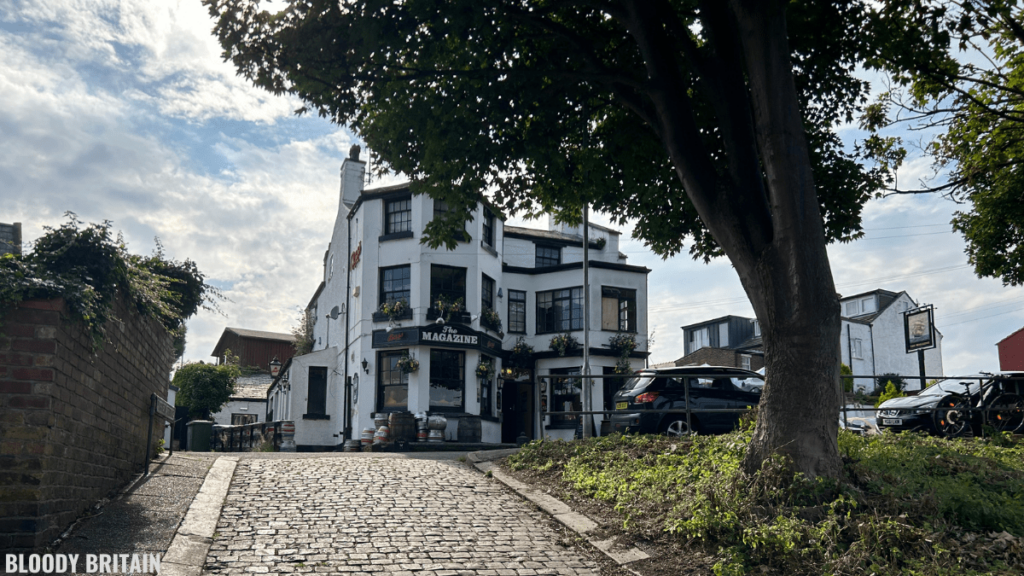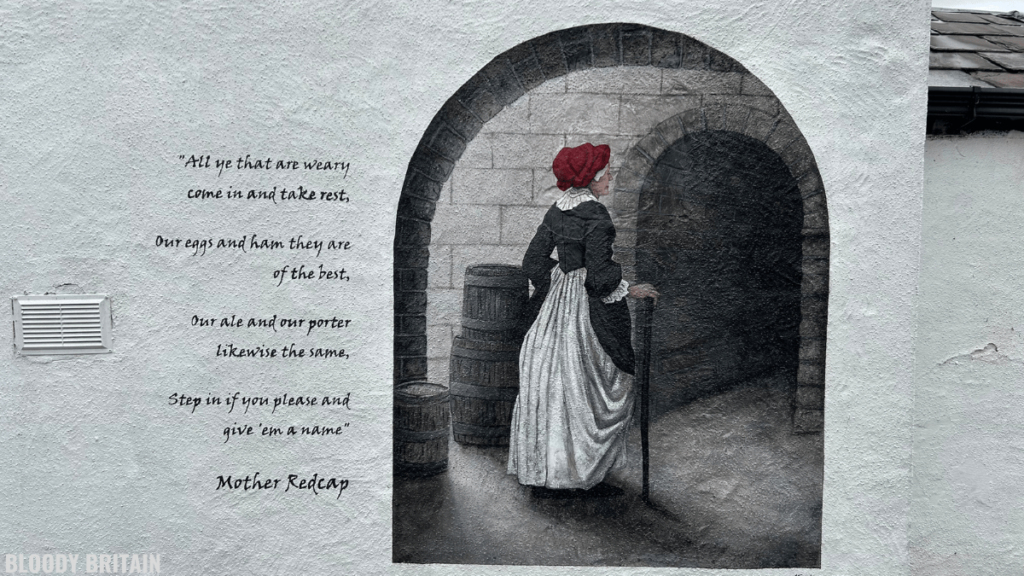Long before Wallasey became a quiet coastal suburb perched on the north-eastern tip of the Wirral Peninsula, it was a haven for outlaws, rogues, and opportunists. In the shadow of Liverpool’s rising empire, Wallasey lived a double life: outwardly a sleepy collection of fishing hamlets, but beneath the surface, a thriving underground economy pulsing with contraband, secrecy, and danger.
The story of smuggling in Wallasey isn’t just the stuff of legend; it’s etched into the streets, pubs, and crumbling gates that still stand today, quietly whispering tales of past treachery. You only need to know where to look.
The Birth of a Smuggler’s Paradise

In the 18th and 19th centuries, Wallasey was ideally positioned for illicit trade. Just across the Mersey from bustling Liverpool, one of the busiest ports in the British Empire, Wallasey’s winding shoreline, scattered coves, and sparse population made it perfect for smuggling.
Ships laden with tobacco, brandy, silk, and spices passed through Liverpool’s customs, heavily taxed and tightly monitored. But the clever, and the criminal, found ways to bypass the grip of the Crown.
Smugglers in Wallasey would meet ships offshore under cover of darkness, transferring goods to small, fast boats that slipped into hidden inlets like New Brighton and Egremont. From there, contraband vanished into a labyrinth of tunnels, cottages, and trusted safehouses.
Local fishermen, innkeepers, even clergy were sometimes in on the act. The line between honest tradesman and smuggler was blurred. In communities like these, survival often meant bending the law and nobody asked too many questions.
Mother Redcap’s Gate, a Portal to the Past

One of the most enduring relics of Wallasey’s smuggling era is Mother Redcap’s Gate. Standing at the edge of Egremont, it’s all that remains of the infamous “Mother Redcap’s Tavern” a public house that served as both a local drinking den and a notorious smuggler’s hideout.
The tavern was run by a formidable woman known only as Mother Redcap, named after the scarlet bonnet she was never seen without. Legend paints her as both innkeeper and criminal mastermind a woman who knew how to keep secrets, silence witnesses, and keep the revenue men guessing.
It’s said that tunnels led from the cellar of Mother Redcap’s directly to the Mersey shore, and some whisper of trapdoors, hidden caches, and even violent ends for those who crossed her. While the tavern itself is long gone, the old gate remains, weather-beaten, stoic, and heavy with ghosts.
Standing before it, you can almost hear the thud of smuggled barrels hitting cobblestones and the low murmur of illicit deals struck over warm ale and flickering candlelight.
The Magazines Pub, a Stronghold of Secrets
Not far from the remnants of Mother Redcap’s lies another key landmark of Wallasey’s outlaw past: The Magazines Pub.

Named after the gunpowder magazines that once dotted the shoreline (stocked to supply nearby forts), this pub has long been tied to tales of smuggling. Built in the mid-18th century, The Magazines would have been in full swing during the golden age of contraband.
Its thick sandstone walls and tucked-away position gave it the perfect aura of secrecy. Many believe that the pub was more than just a watering hole; it was a key meeting point for smugglers coordinating shipments, stashing loot, and spreading word of revenue patrols.
Some locals even claim that underground passageways connect the pub to other points along the coast. Whether those tunnels still exist, or ever did, is up for debate. But the myth persists, and when you step inside the Magazines on a quiet night, it’s easy to feel the weight of history pressing in.
Smuggler Street Art is Like Rebellion in Paint

While many of Wallasey’s smuggling relics are subtle or fading, a new generation has reclaimed the history in bold, colourful form. In recent years, smuggler-themed street art has started to appear around Wallasey and New Brighton, murals, stencils, and installations paying tribute to the town’s rebellious roots.
One standout piece features a stylised portrait of Mother Redcap herself, face half-hidden by her bonnet, eyes full of fire, tagged on a wall near the old Egremont ferry. Another shows shadowy figures hauling barrels from a boat under the moonlight, with the words “We took what they taxed” scrawled beneath.
This modern visual folklore is more than just aesthetic; it’s a cultural reclamation. For decades, Wallasey has played second fiddle to Liverpool in the regional narrative, but this art repositions it as a place of defiance, resourcefulness, and pride in its checkered past.
Ghosts That Linger
Smuggling in Wallasey didn’t vanish overnight. The trade declined in the late 19th century as law enforcement became more organised, the coast more populated, and the penalties more severe. But the spirit of defiance, of working in the shadows, thumbing a nose at authority, has never quite died.
Even today, locals tell stories of strange lights offshore, of bricked-up tunnels uncovered during renovations, of coins and flasks found in old garden walls. Children grow up with tales of secret passageways and hidden treasure buried under the sand dunes. And for those with sharp eyes, traces remain, a forgotten cellar door, a carved initials in stone, a narrow alley leading nowhere.
Wallasey may now be a commuter town, lined with Victorian terraces and fish and chip shops, but peel back the surface and you’ll find something older, wilder, and far more dangerous.
The Legacy Lives On
Wallasey’s smuggling history is more than a curiosity; it’s a foundational part of the town’s identity. It speaks to a time when survival required cunning, when community ties ran deeper than loyalty to crown or coin, and when the Mersey’s fog concealed more than just ships.
As you walk through the streets of Egremont or take in the sea air by the Magazine Promenade, know that you’re following in the footsteps of people who risked everything in the name of freedom, fortune, or sheer bloody-mindedness.
Raise a glass in the Magazines, tip your hat at Mother Redcap’s Gate, and take a moment to imagine the creak of ropes, the splash of oars, and the silent nods exchanged in the dark. The smugglers may be gone, but their ghosts are watching.


